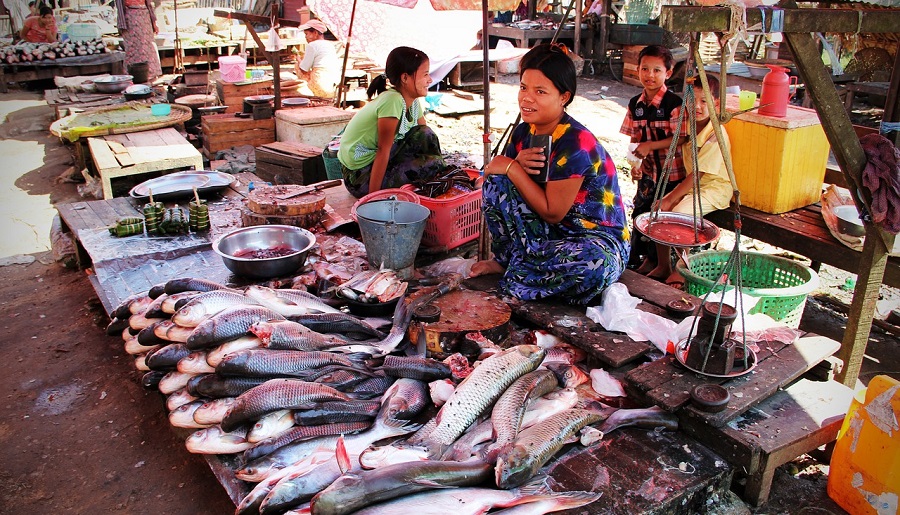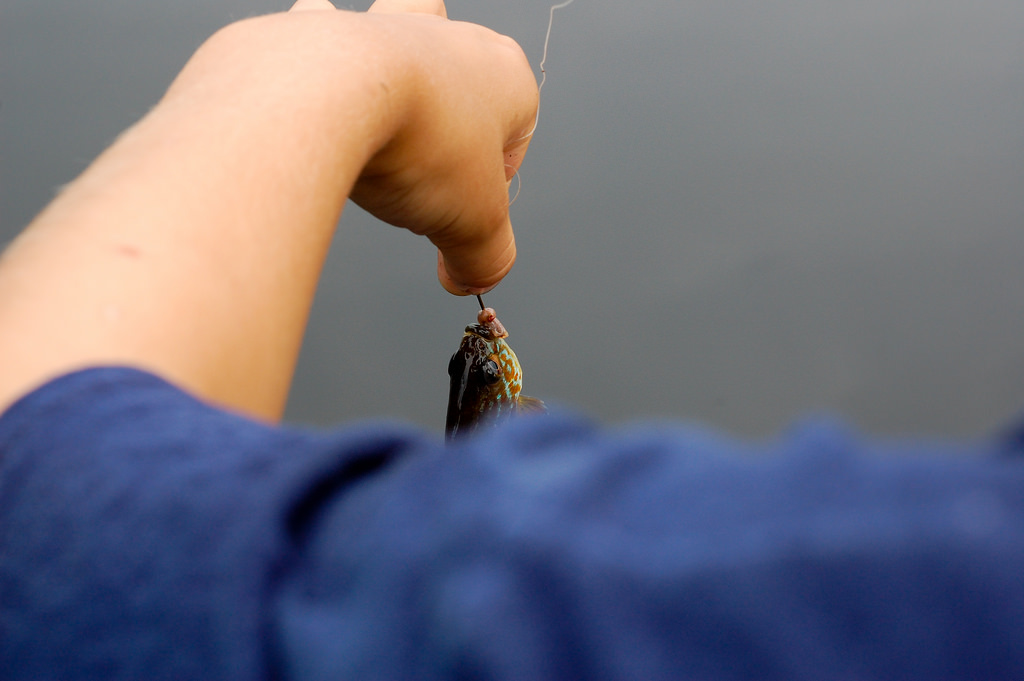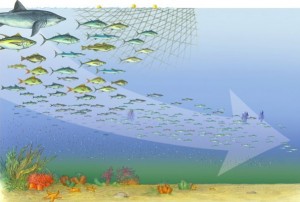Closing the high seas to all fishing and curtailing industrial fleets’ operations by eliminating the subsidies they receive, would increase the amount of fish available to small-scale fishers, boost the quality of the fish and make it more valuable, finds a new paper by the Sea Around Us Principal Investigator Daniel Pauly.
Tag: fishing down
In less than two minutes, learn why fish catches are declining
As the Sea Around Us team revealed in its 2016 Nature Communications paper, global fish catches have been declining, on average, by 1.2 million metric tons per year since 1996.
This decline has resulted in lower per capita seafood availability and threatens food security in poor, developing countries. In fact, a group of scientists, among them the Sea Around Us Senior Scientist Dirk Zeller, has predicted that 11% of the global population could face micronutrient and fatty-acid deficiencies driven by fish declines over the coming decades.
That is 845 million people living with extremely low levels of iron, zinc or vitamin A.
Documenting history in Turkey
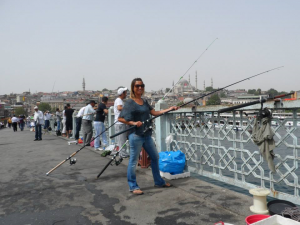
The author conducting research on recreational anglers on Galata Bridge, in the Golden Horn estuary of Istanbul (© A. Ulman)
by Aylin Ulman
In 2011, I began working for the Sea Around Us Project to complete catch reconstructions for Eastern Mediterranean and Black Sea countries. I quickly realized, while studying Turkey’s fisheries, that some marine ecosystems of Turkey recently underwent immense reductions of commercial species [1], leading to entire trophic shifts, but little data were available to explain these issues. At the beginning of my MSc with Daniel Pauly in 2012, it was decided that I’d go to Turkey to document the shifting baselines syndrome, i.e., gradual shifts in perception of the ecosystem, and collect details on these missing species/habitats.
New database of marine aquaculture launched
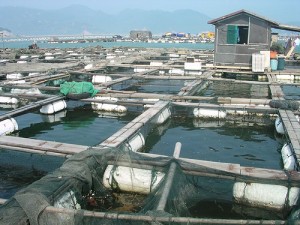 The new Global Mariculture Database (GMD), released by the Sea Around Us Project, offers detailed information on the where and what of mariculture around the world since 1950. By mapping the production of marine aquaculture at smaller scales than the usual national scale and by digging deeper into the species being farmed, the GMD provides room for new insights into marine aquaculture. And all of this information is now available online for anyone to browse on the Sea Around Us Project website!
The new Global Mariculture Database (GMD), released by the Sea Around Us Project, offers detailed information on the where and what of mariculture around the world since 1950. By mapping the production of marine aquaculture at smaller scales than the usual national scale and by digging deeper into the species being farmed, the GMD provides room for new insights into marine aquaculture. And all of this information is now available online for anyone to browse on the Sea Around Us Project website!
The GMD confirms reports by the Food and Agriculture Organization of the UN (FAO) that the amount of seafood produced by marine aquaculture has tripled since 1950 – a massive increase. During this time, there has also been a shift in the type of seafood produced globally, with a larger percentage of predatory species, such as salmon and tuna, farmed around the world today compared to 1950. In the past, the relative production of species lower on the food chain, like mussels and oysters, was higher. This phenomenon has been described as “farming up the food web” a term derived from the concept of fishing down marine food webs.
In keeping with the Sea Around Us Project’s goal of improving public access to global fisheries and aquaculture information, this Global Mariculture Database (GMD) is freely available online at www.seaaroundus.org.
To find out more about the GMD and how it was created, you can read the paper recently published in the journal Marine Policy:
Campbell B and Pauly D (2012) Mariculture: a global analysis of production trends since 1950. Marine Policy 39: 94-100.
Check out our new website!
A new website (www.fishingdown.org), hosted by the Sea Around Us Project, has been launched. This website helps clear up misconceptions about the concept of “fishing down” in marine ecosystems – whereby fisheries have a tendency to deplete longer lived, high-trophic level species first, causing a decline in the mean trophic level of catches from an ecosystem.
Since it was first published, the fishing down concept has been documented and adopted by a broad community of marine and freshwater scientists around the world. Thus, the website also aggregates many case studies illustrating the phenomenon in marine ecosystems all over world, from Argentina to the North Sea, from Greece to the Caribbean. In 2010, the fishing down concept was challenged in a publication in the journal Nature. The objections that were raised are based mainly on imputations and misunderstandings, and the Fishing Down website is dedicated to clearing up the misunderstandings behind much of the controversy. One apparent problem is that fishing down can be masked by extraneous factors, such as the taxonomic over-aggregation of catch statistics. The website is intended as a response to the voiced concerns and provides scientific references about the fishing down phenomenon, including a link to the original article, led by biologist Daniel Pauly and published in the journal Science in 1998, titled “Fishing down marine food webs.”
We welcome you to visit www.fishingdown.org.


